
Interview conducted by Benoit Lagane
More than 20 years ago, Alain Chabat’s crazy gamble paid off. His Mission Cleopatra adapted the ultimate myth of the French-language comic book by keeping its original humour, while bringing the world of Asterix and Obelix into the modern era. The non plus ultra.
Case closed? Not so fast: just as the little moustachioed Gaul blew out his 65 candles, Chabat decided to reopen a comic book. This time it was The Big Fight, the seventh volume of the series created by Goscinny and Uderzo, then at the top of their game. But this time, he chose to adapt the story into an animated five-episode limited series, and he has surrounded himself with the best in the business.
Written with Benoit Oullion (a regular on French game show Burger Quiz) and Piano and co-directed by Fabrice Joubert, the series is produced in France, in TAT’s Toulouse studios, overseen by the top specialists of the moment (Kristof Serrand, former employee at DreamWorks, Aurélien Predal, Art Director, and more). After numerous discussions between Chabat, his producer Alain Goldman, Éditions Albert René and Netflix, it will have taken four years of production and hundreds of animators working on an absolutely monumental undertaking in order for Chabat to pull off this new challenge.
* * * * *
Benoit Lagane interviewed co-screenwriters Alain Chabat and Benoit Oullin to discuss their adaptation.
Q: What does the comic book represent for you and what makes it perfect for a series adaptation?
ALAIN CHABAT: The Big Fight is a comic book that I really like because, of all the Asterix comics that I’ve read since I was eight years old, this is the one where the tribe of the Gauls is most in danger. It’s no small feat to find an idea in each new comic book for an adventure where the Gauls are in danger, given that the magic potion makes them invincible! Here, Getafix goes crazy and develops amnesia, unable to remember the recipe for the potion. Goscinny always works in a discourse on society, which, in the case of The Big Fight, is on a period of French history: the collaboration. But it’s very subtle and it never gets in the way of the fun!
BENOIT OULLION: And in our series, the French title – which translates as The Chiefs’ Fight – we’re definitely talking about ‘chiefs’ in the plural.
AC: Yes. There is the question of who will be the chief between Vitalstatistix and Cassius Ceramix. But also, who is the chief between Asterix and Obelix? Between Impedimenta and Vitalstatistix? Between Caesar and his mother? What happens when the chief is no longer the chief? And when everyone else wants to be the chief instead?
BO: When we found out that it would be a series, we first worked on the overarching story without thinking too much about dividing it into episodes. A bit like it was one really long film. Thanks to the comic book, we weren’t venturing completely into the unknown. We knew how it started, where we had to go with it, and how it would end, but despite all that, there were still quite a few things that we had to come up with.
AC: For the fight itself, we had the idea of making it into a Las Vegas-style MMA match very early on. We were able to include a mixed pair of sports commentators, a red carpet/mosaic with sculptors who were as hysterical as the photocall photographers, or in this case the “sculpture-call”. Although everything was already there in the comic book, we did invent a couple of characters where it was useful for the storyline. Caesar’s mother, for example, was a way of touching on the question of “Why does Caesar want to conquer the world at all costs?” He does it to impress his mother, for whom everything her son does is never enough. For the Asterix and Obelix duo, we wanted to find out a little bit more about them, how they had become friends and how Obelix had fallen into the cauldron…
BO: Vitalstatistix and Impedimenta have their own dynamic in the comic books and we wanted to develop Impedimenta, who regularly wants to go to Lutetia. She is made for city life and this time, after repeated promises, her husband has promised her that they would go. However, this adventure prevents them from doing so once again. How was Impedimenta going to live with another disappointment? We wanted to put all these dynamics to the test and make the characters face adversity.
The comic books already show these tensions between Asterix and Obelix: when they look at each other eye to eye, head to head, nose to nose. But it never goes as far as it does in the series!
AC: That’s right. We wanted to pay tribute to these fights and play with these iconic frames when they are nose to nose, even if it meant trying to push it further and letting the audience witness a fight that was far more serious than usual. This time, Asterix and Obelix will go too far, words have been said that are more serious and final. We had to say: “This time, it’s over. I can’t see how they can go back to being friends again after that.” It’s an intensely emotional scene. But nobody should have to be the bad guy. Neither Asterix nor Obelix.
This “serial” format also undoubtedly allows you to delve into all the characters’ pasts. You had the time and space for that, didn’t you?
AC: Yes, we wrote lots of backstories for the characters, in fact: Vitalstatistix, Cacofonix, Fulliautomatix, almost all the Gauls. We could have made two episodes about the villagers’ childhoods, but we took all these storylines out of the script.
BO: On the other hand, that was useful for us to enable the characters to react logically. Even if the audience doesn’t know about everything that happened when they were younger, we have written about it and that helps us to make sure that their adult choices reflect their backstory.

Asterix & Obelix: The Big Fight
is currently streaming on Netflix
Asterix Omnibus V.3 from Papercutz
Garpahic Novels is available now




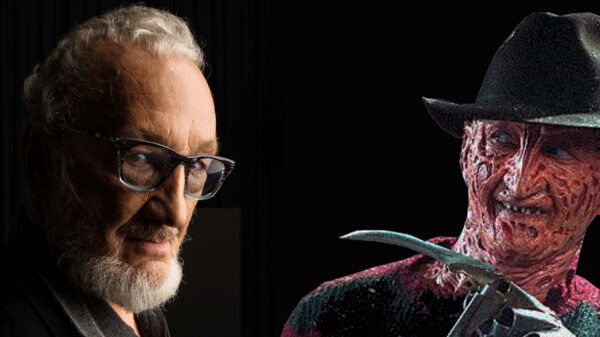
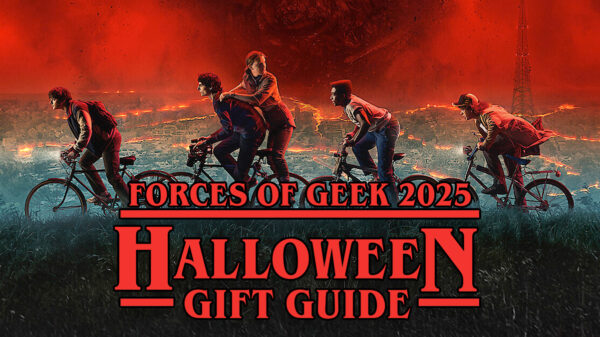
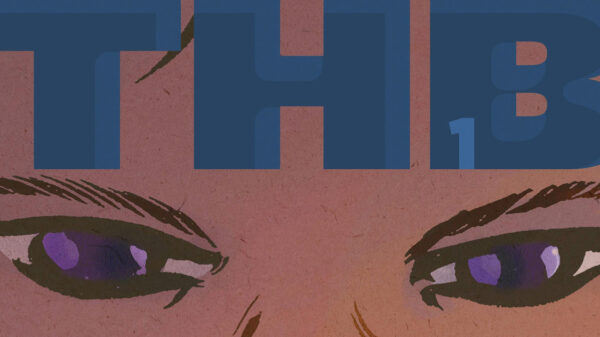

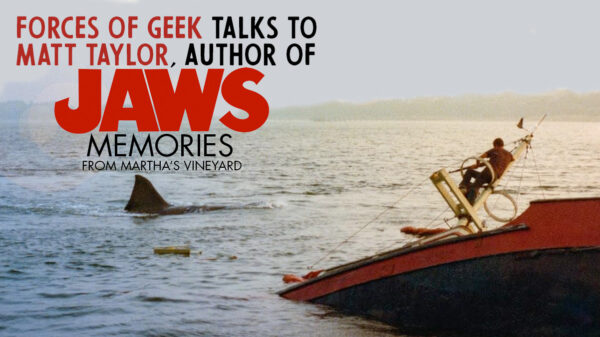
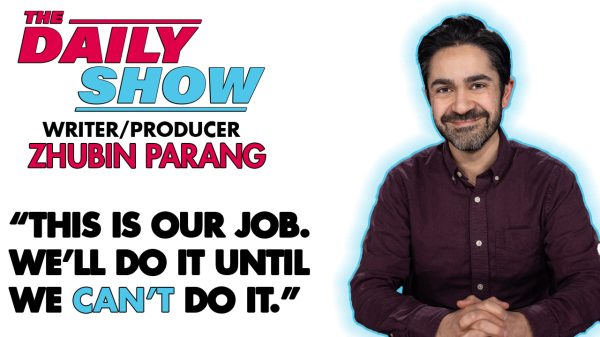
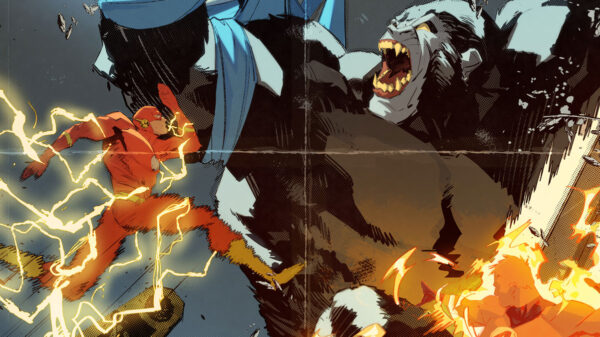
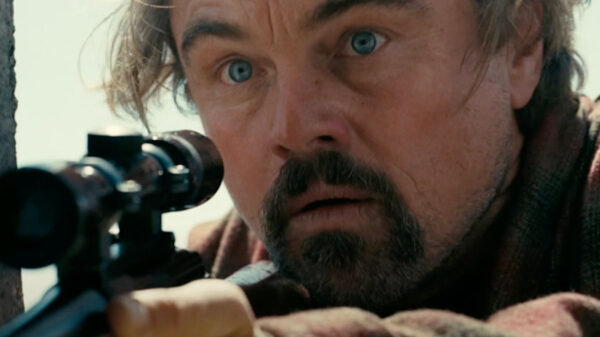
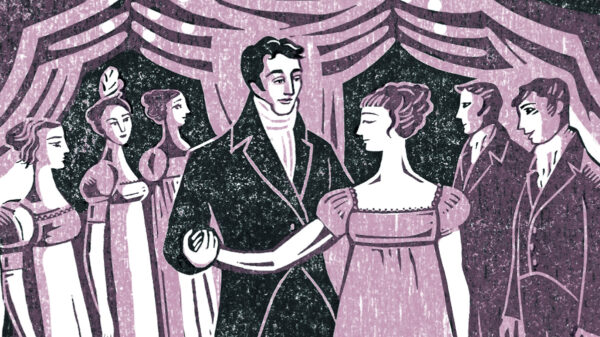
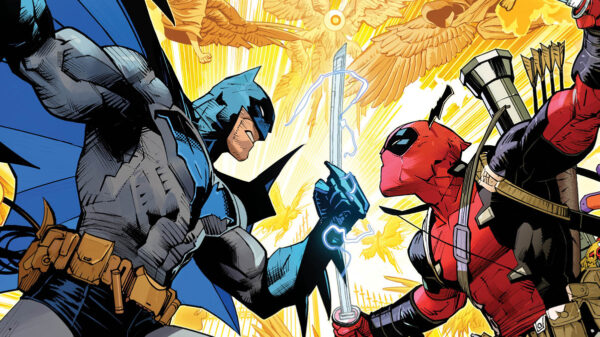
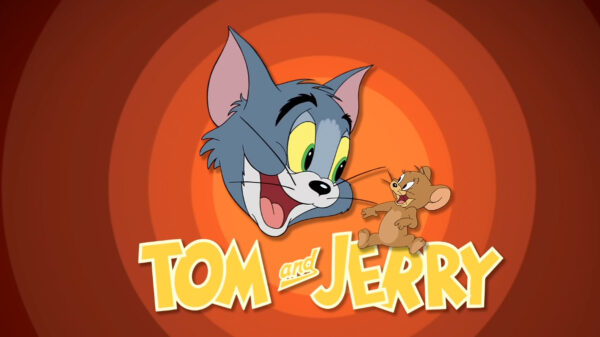



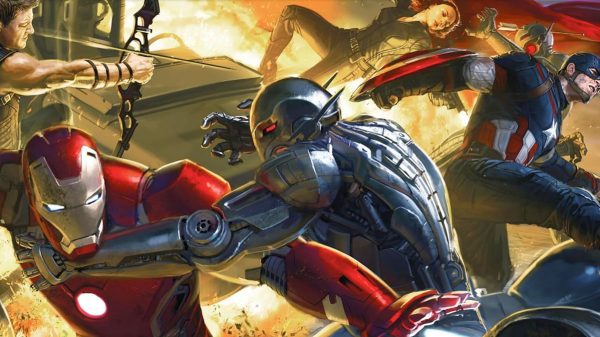

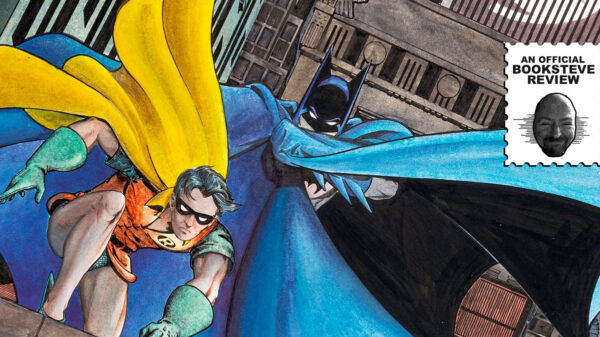
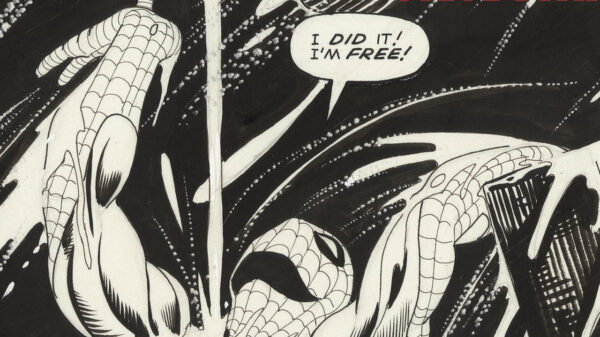
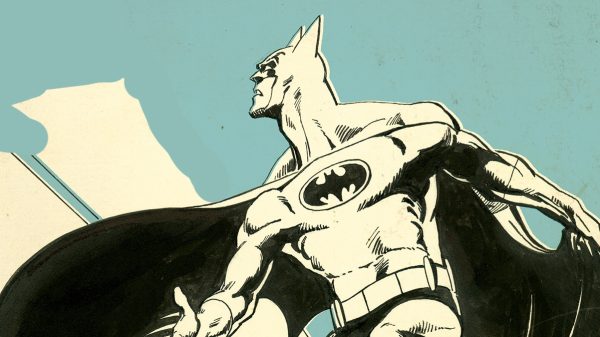

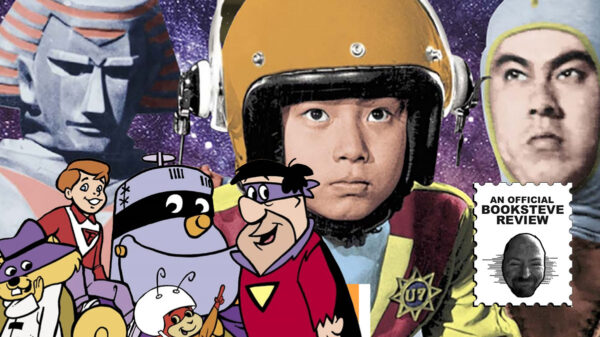
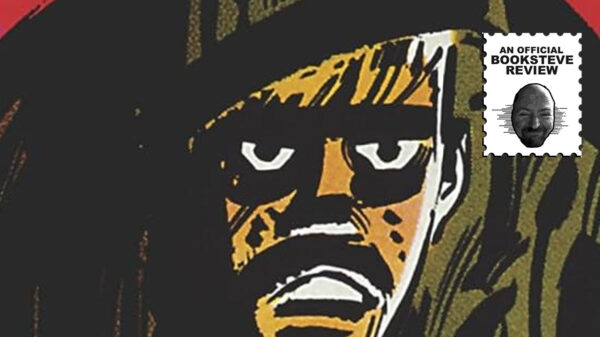
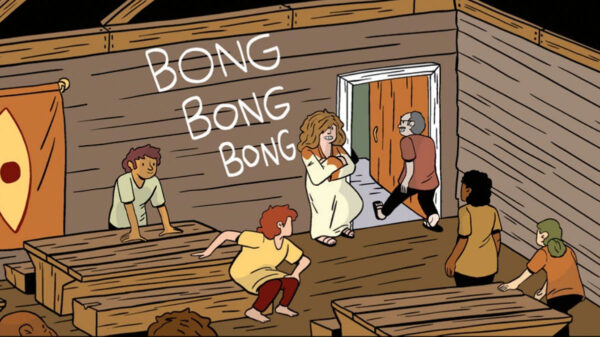
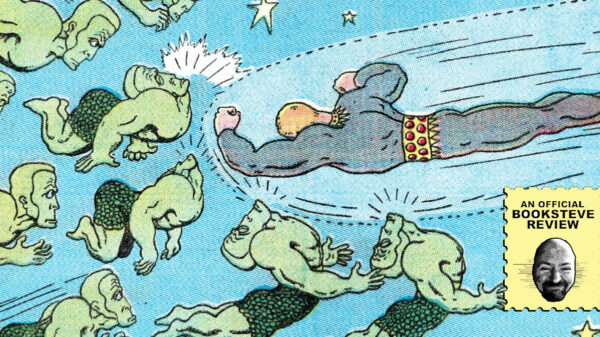
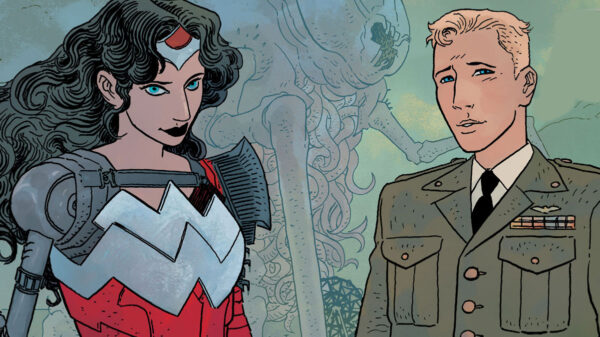




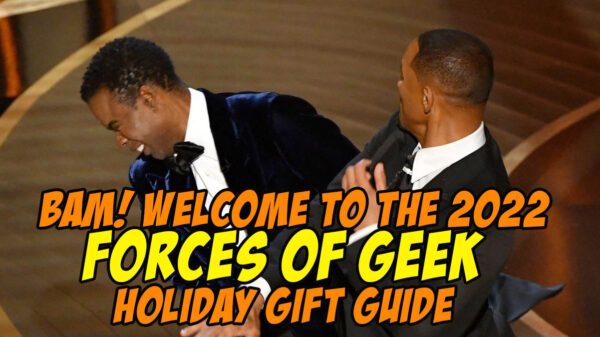




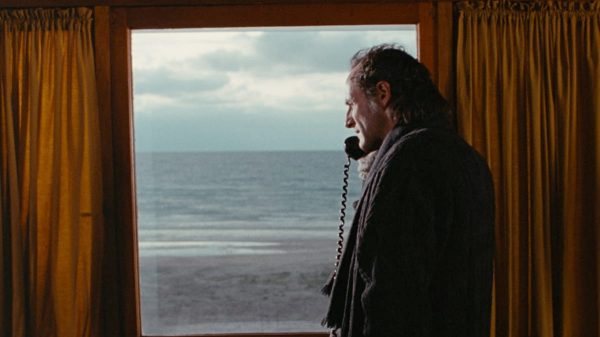
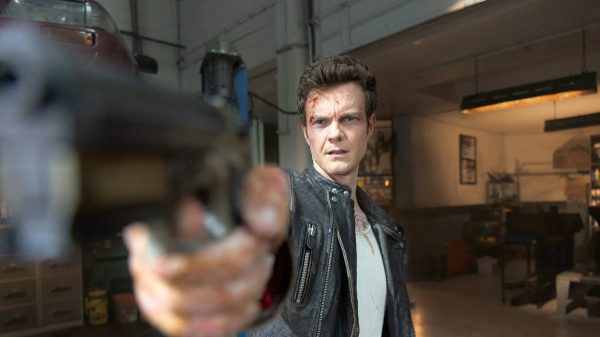
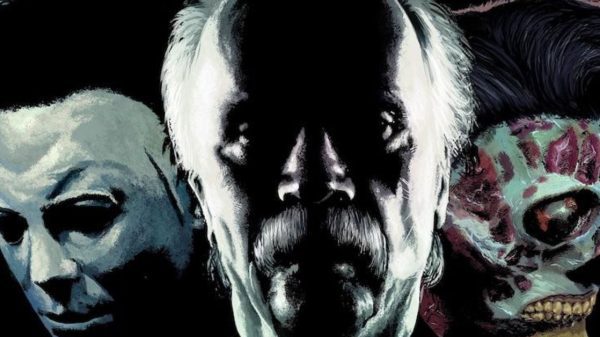
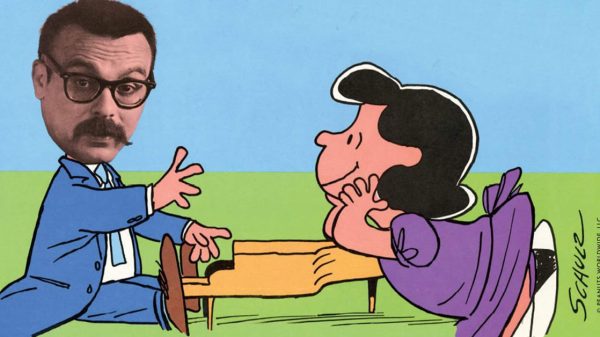
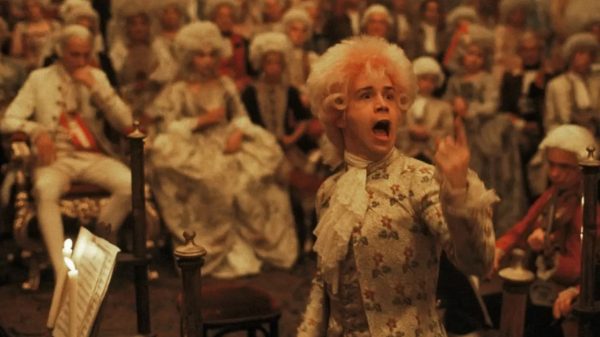











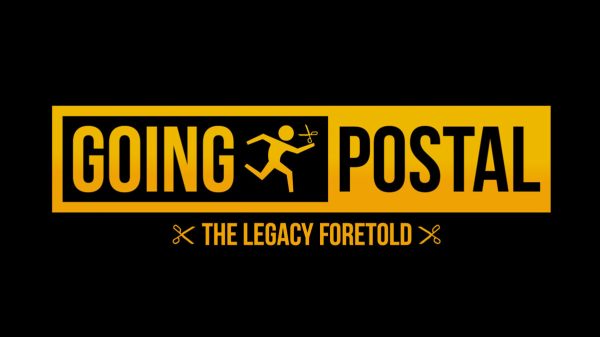

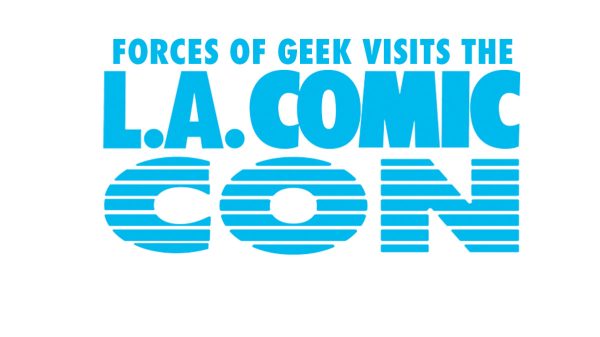
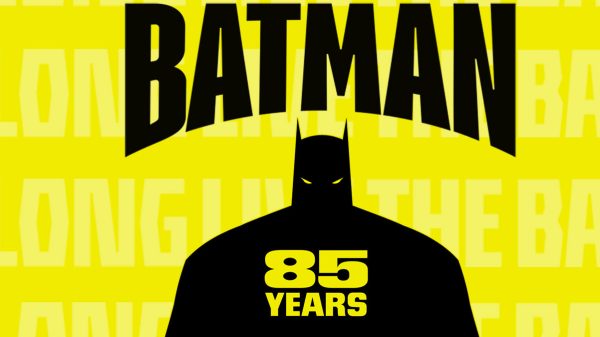


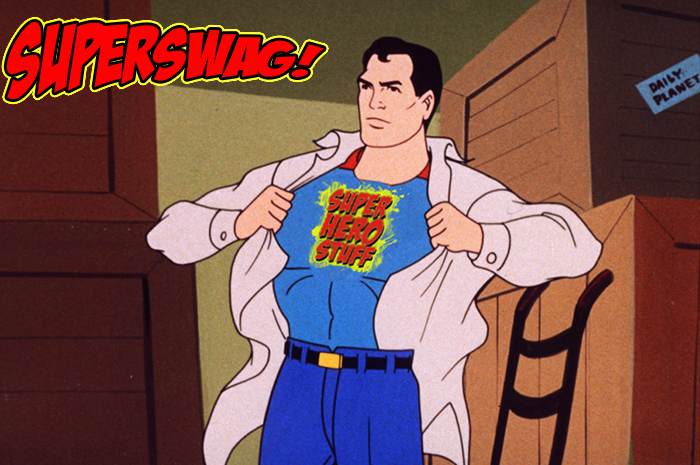

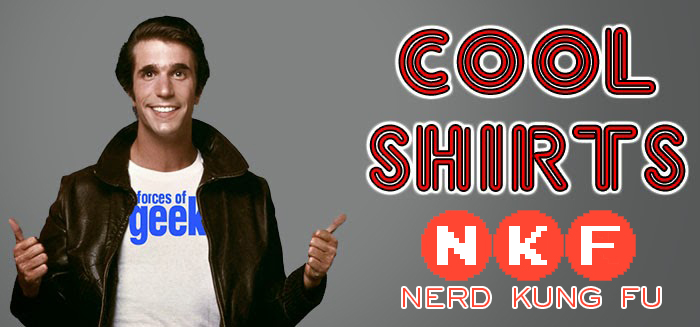
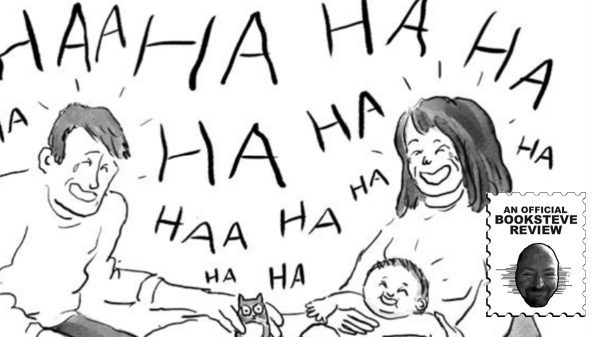



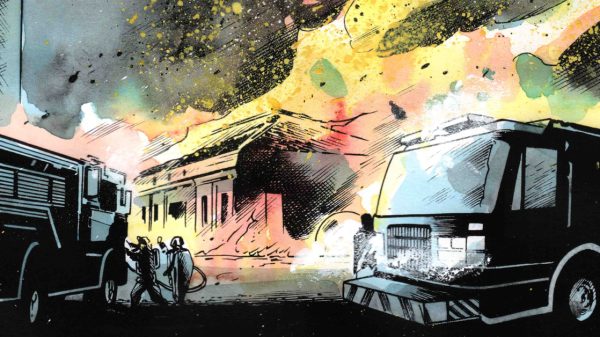




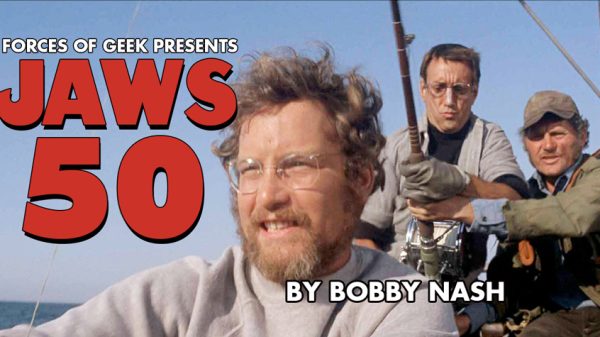









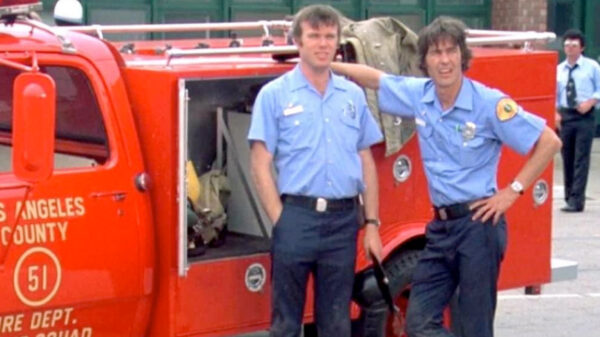
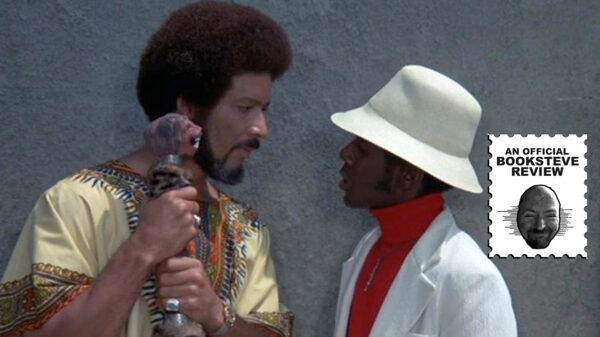
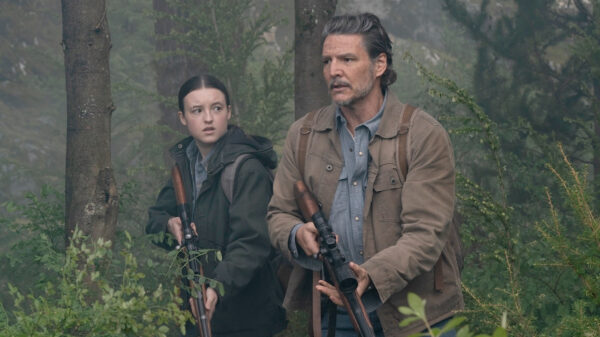




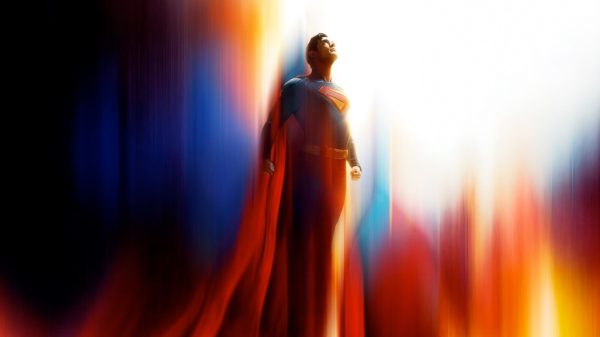
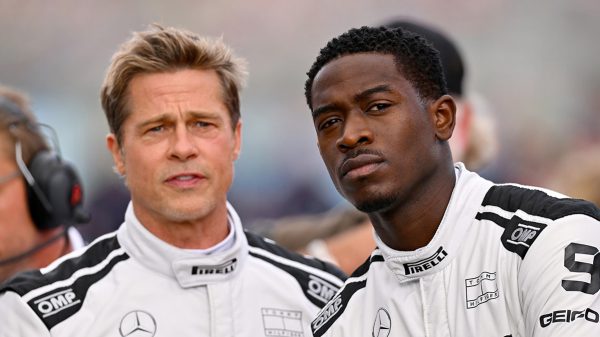
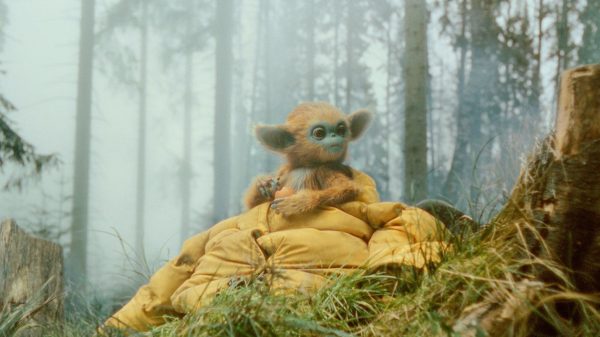



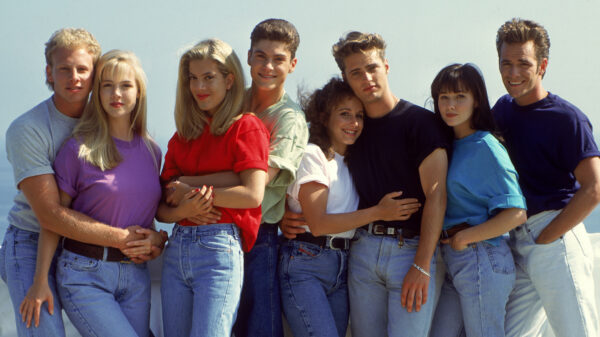
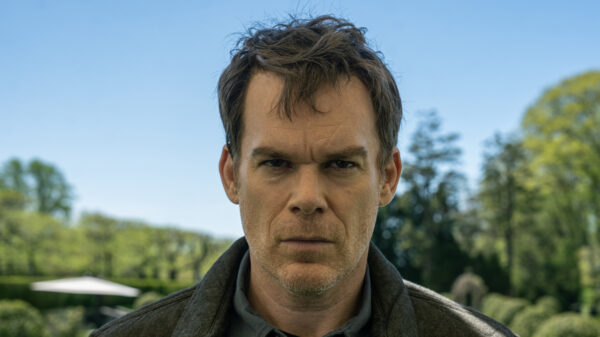
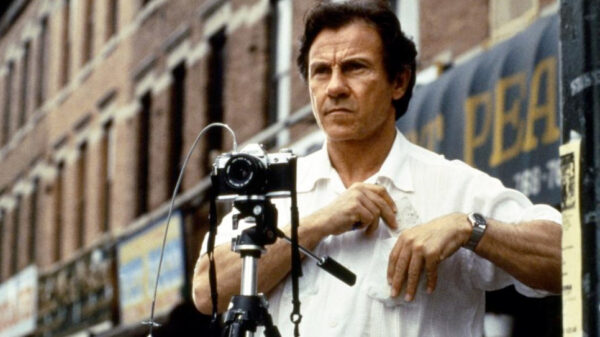
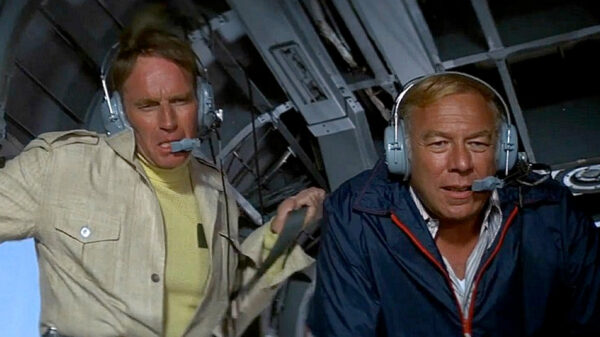
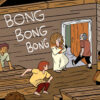


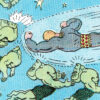
You must be logged in to post a comment Login